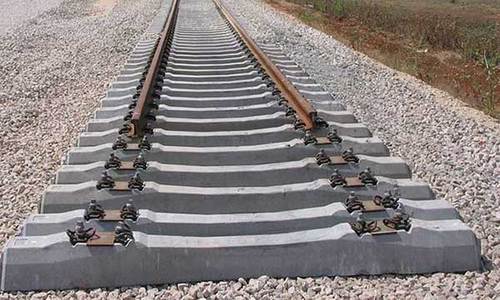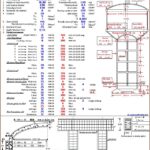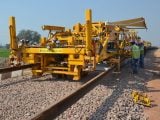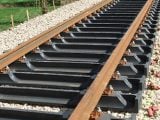
Railway Sleepers Definition, Characteristics, Treatment
31 October 2018Table of Contents
Railway Sleepers Definition, Characteristics, Treatment
1. Railway Sleepers Definition
It is a component of permanent way laid transversely under the rails and performing the following functions.
- To support the rails firmly and evenly
- To maintain the gauge of the back correctly
- To distribute the weight common on the rails over a sufficiently large areas of the ballast
- To act as an elastic medium between the rail and the ballast and to absorb the vibrations of the trains.
- To maintain the track at proper grads
- To align the rail properly
2. Characteristics of Ideal Railway Sleepers
- Initial cost and maintenance cost should be low
- They should resist weathering, corrosion, decay and other deterioration
- They should bear the wheel load efficiently and satisfactorily
- They should maintain the correct gauge
- They should absorb shocks or vibrations due to moving vehicles
- It should distribute the load properly and uniformly over the ballast
- Fastenings of rail with sleepers should be strong and simple
- They should not break while packing of ballast
- Weight should not be low or high
3. Types of Railway Sleepers
Depending upon the position in a railway track, sleepers may be classified as:
1. Longitudinal Sleepers
2. Transverse Sleepers
i. Timber / wooden sleepers
ii. Steel Sleepers
iii. Cast Iron Sleepers
iv. Concrete Sleepers
4. Treatment of Wooden Sleepers
Untreated railway sleepers are prone to attack by decay and vermin. The life of untreated wooden sleepers is thus very less. The life of untreated sleepers can be prolonged considerably by treatment. An extra life of 30-50% is estimated for treated sleepers over untreated railway sleepers.
The fibers of wood contain millions of minute cells containing juices. When these juices ferment, they lead to decay of timber. In the treatment process these juices are removed as much as possible and cells are filled with some preserving solutions may be an oil or some salt solution.
5. Railway Sleeper Density
The number of sleepers required to be placed under the track per rail length is called as its sleepers density.
It is generally given by the formula Sleeper density = n + x








